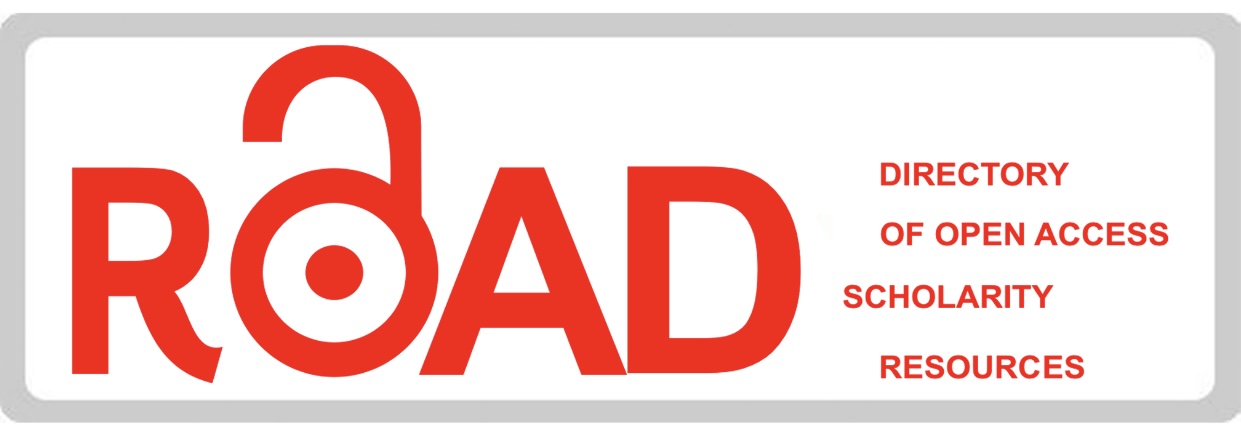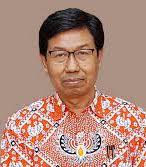Kebijakan Publik Melalui Lensa Etnografi: Menggali Dinamika Sosial Melalui Kerangka Tahapan Kebijakan Michael Howlett
Downloads
This study explores social dynamics through an ethnographic approach through Michael Howlett's policy stage analysis framework. This study uses a qualitative method with a descriptive approach through secondary data collection from the internet and credible scientific journals. The ethnographic approach in policy studies uses policy ethnography as a framework for understanding Michael Howlett's policy stage analysis. This study provides insight into the meaning behind the social, cultural, and political contexts in the stages of public policy. The research findings show that the ethnographic approach through policy ethnography provides a social perspective at each stage of policy according to Michael Howlett's policy stage analysis framework. At the agenda-setting stage, policy ethnography uses an ethnographic approach as an initial step to map priority policy issues from direct observation of the community. At the policy formulation stage, policy ethnography identifies solutions to community needs related to problems faced from direct interactions that become policy formulation options. At the decision-making stage, policy ethnography decision-makers decide on policies to be implemented as a benchmark for desired goals through the social and cultural values of the community. At the policy implementation stage, policy ethnography conducts observations to understand the interaction between the policies being implemented and the responses of the targeted community. At the policy evaluation stage, policy ethnography evaluates the effectiveness of policies that have been implemented and assesses the impact of policies based on community perceptions and experiences. Policy ethnography refers to the social perspective at every stage of the policy.
Keywords: Public policy, ethnographic approach, policy ethnography, social dynamics,
policy stages
Adams, K. M. (2012). Ethnographic Methods (pp. 339–351). Edward Elgar Publishing. https://doi.org/https://doi.org/10.4337/9781781001295.00023
Almagor, & Skinner. (2013). Ancient ethnography: New approaches. Bloomsbury Publishing.
Baskoro, B. C., Kusmana, C., & Kartodihardjo, H. (2018). Analisis kebijakan pengelolaan dan budidaya ekosistem gambut di Indonesia: Penerapan pendekatan advocacy coalition framework. Jurnal Sosial Humaniora, 11(2), 95. https://doi.org/10.12962/j24433527.v0i0.4555
Boas, F. (1888). The Central Eskimo. In Sixth Annual report of the Bureau of American Ethnology. Smithsonian Institution.
Brewer, J. (2000). Ethnography. McGraw-Hill Education (UK).
Craft, J., & Howlett, M. (2013). Policy Advisory Systems and Evidence-Based Policy: The Location and Content of Evidentiary Policy Advice. In In S. Young (ed.), Evidence-Based Policy-Making in Canada: A multidisciplinary look at how evidence and knowledge shape Canadian public policy (pp. 27–44). Toronto: University Of Toronto Press.
Creswell, J. W. (2014). Research Design: Qualitative, Quantitative, and Mixed Methods Approaches (Fourth Edi). SAGE Publication Inc.
Dubois, V. (2015). Critical policy ethnography. Handbook of Critical Policy Studies, 462–480. https://doi.org/10.4337/9781783472352.00034
Haight, W., Kayama, M., & Korang-Okrah, R. (2014). Ethnography in social work practice and policy. Qualitative Social Work, 13(1), 127–143. https://doi.org/10.1177/1473325013507303
Hendry, D. (2015). Studi Pola Penguasaan Lahan/Pemanfaatan Sumber Daya Alam Masyarakat di Dalam dan Sekitar Taman Nasional Kerinci Seblat, Provinsi Bengkulu.
Howlett, M., & Mukherjee, I. (Eds.). (2017). Handbook of policy formulation. Edward Elgar Publishing. https://doi.org/10.4337/9781784719326
Howlett, M., & Ramesh, M. (2003). Studying public policy: Policy cycles and policy subsystems. Oxford University Press.
Huitema, D., Lebel, L., & Meijerink, S. (2011). The strategies of policy entrepreneurs in water transitions around the world. Water Policy, 13(5), 717–33.
Jones, C. O. (1984). An Introduction to the Study of Public Policy (3rd edn). Monterey, CA: Brookes/Cole.
Jumhur. (2023). Dampak Perkebunan Kelapa Sawit terhadap Masyarakat di Kabupaten Bengkayang Kalimantan Barat. Prosiding Seminar Nasional Seminar Akademik Tahunan Ilmu Ekonomi Dan Studi Pembangunan, Vo. 6 ISSN.
Kimbell, L. (2015). Ethnography in policymaking: Barriers and opportunities. https://openpolicy.blog.gov.uk/2015/03/27/ethnography-in-policymaking/
Lipsky, M. (1980). Street- Level Bureaucracy: Dilemmas of the Individual in Public Services. Russell Sage Foundation: New York.
Madden, R. (2010). Being Ethnographic: A Guide to the Theory and Practice of Ethnography. SAGE.
Mukherjee, I., & Howlett, M. P. (2015). Who is a Stream? Epistemic Communities, Instrument Constituencies and Advocacy Coalitions in Multiple Streams Subsystems. Politics and Governance, 3 (2), 65–75.
Pacheco-Vega, R. (2020). Ethnography as a Method for Comparative Public Policy Analysis: Premises, Promises and Perils. Handbook of Methods for Comparative Policy Anaysis, 1–21. http://www.raulpacheco.org/blog
Povall, S. (2006). Policy ethnography Exploring the local processes of public policy implementation.
Rees, C., & Gatenby, M. (2014). Critical realism and ethnograph. In PK Edwards, J. O’Mahoney and S. Vincent (Eds) Studying Organizations Using Critical Realism: A Practical Guide.
Ryan, G. S. (2017). An introduction to the origins, history and principles of ethnography. Nurse Researcher, 24.4.
Satyawati, D. G. P. (2024). Dampak Ketergantungan Pariwisata Terhadap Masyarakat Bali. https://kumparan.com/desak-gede-putri-satyawati/dampak-ketergantungan-pariwisata-terhadap-masyarakat-bali-23ohNF7nhP4/full?utm_source=chatgpt.com
Schmidt, V. . (2008). Discursive institutionalism: the explanatory power of ideas and discourse. Political Science, 11(1), 303.
Schofield, J. (2004). A model of learned implementation. Public Administration, 82(2):283-.
Shore, C., & Wright, S. (2003). Anthropology of policy: Critical perspectives on governance and power. Routledge.
Schram, S. F., Shdaimah, C., & Stahl, R. (2013). When You Can See the Sky through Your Roof: Policy Analysis from the Bottom Up. In in Schatz, E. (ed.), Political Ethnography: What Immersion Contributes to the Study of Power. University of Chicago Press: Chicago.
Stepputat, F., & Larsen, J. (2015). Global political ethnography: a methodological approach to studying global policy regimes. DIIS Working Paper, 1, 1–30.
van den Berghe, P. (1980). 'Tourism as ethnic relations: a case study of Cuzco, Peru’, Ethnic and Racial Studies,.
van Hulst, M. J. (2008). Quite an experience: Using ethnography to study local governance. Critical Policy Studies, 2(2), 143–159. https://doi.org/10.1080/19460171.2008.9518535
Voß, J.-P., & Simons, A. (2014). Instrument constituencies and the supply side of policy innovation: The social life of emissions trading. Environmental Politics, 23(5):735–.
Wasono, S. (2011). Kasta dan Pariwisata: Dua Persoalan di Balik Pesona Bali. Literasi, 1(2), 198–207. http://download.garuda.kemdikbud.go.id/article.php?article=1617304&val=10449&title=Sistem Nama Orang Bali Kajian Struktur Dan Makna
Yanow, D. (2009). What’s Political About Political Ethnography? Abducting Our Way Toward Reason and Meaning. Qualitative & Multi- Method Research, 7 (2), 33–37.
Copyright (c) 2025 Amanca Pamalina Lapasa, Neng Zulfa Azhar

This work is licensed under a Creative Commons Attribution-ShareAlike 4.0 International License.
All articles submitted by the author and published in the Jejaring Administrasi Publik are fully copyrighted to their authors under the Creative Commons Attribution-ShareAlike 4.0 International License. The formal legal aspect of journal publication accessibility refers to the Creative Commons Attribution-ShareAlike (CC BY-SA).
















